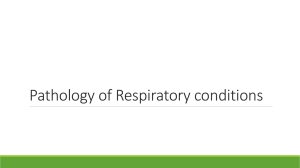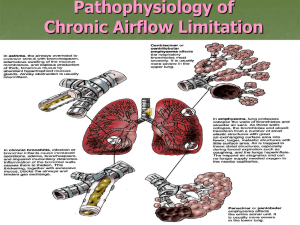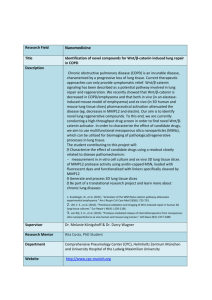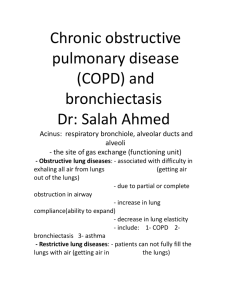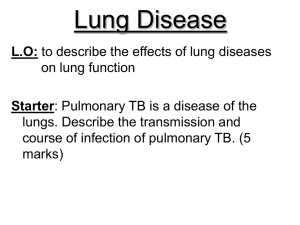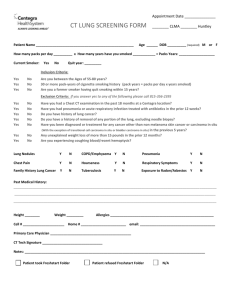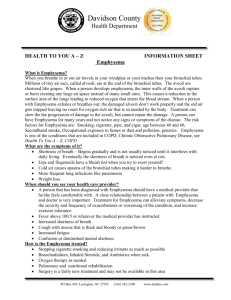M - TheNewsMarket
advertisement
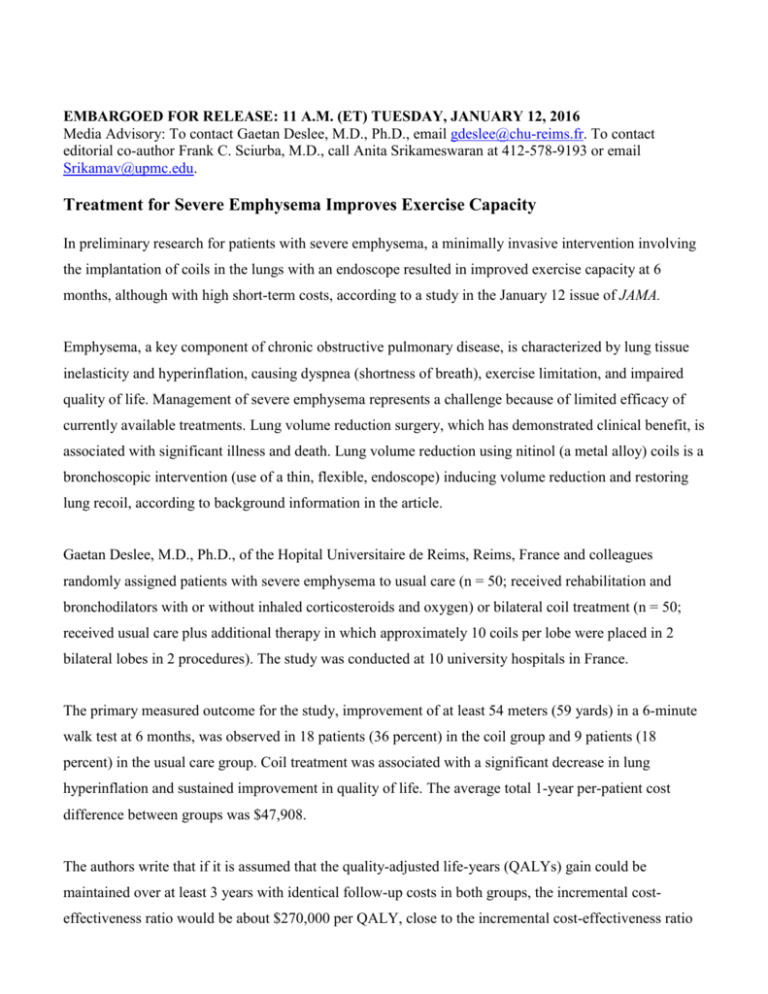
EMBARGOED FOR RELEASE: 11 A.M. (ET) TUESDAY, JANUARY 12, 2016 Media Advisory: To contact Gaetan Deslee, M.D., Ph.D., email gdeslee@chu-reims.fr. To contact editorial co-author Frank C. Sciurba, M.D., call Anita Srikameswaran at 412-578-9193 or email Srikamav@upmc.edu. Treatment for Severe Emphysema Improves Exercise Capacity In preliminary research for patients with severe emphysema, a minimally invasive intervention involving the implantation of coils in the lungs with an endoscope resulted in improved exercise capacity at 6 months, although with high short-term costs, according to a study in the January 12 issue of JAMA. Emphysema, a key component of chronic obstructive pulmonary disease, is characterized by lung tissue inelasticity and hyperinflation, causing dyspnea (shortness of breath), exercise limitation, and impaired quality of life. Management of severe emphysema represents a challenge because of limited efficacy of currently available treatments. Lung volume reduction surgery, which has demonstrated clinical benefit, is associated with significant illness and death. Lung volume reduction using nitinol (a metal alloy) coils is a bronchoscopic intervention (use of a thin, flexible, endoscope) inducing volume reduction and restoring lung recoil, according to background information in the article. Gaetan Deslee, M.D., Ph.D., of the Hopital Universitaire de Reims, Reims, France and colleagues randomly assigned patients with severe emphysema to usual care (n = 50; received rehabilitation and bronchodilators with or without inhaled corticosteroids and oxygen) or bilateral coil treatment (n = 50; received usual care plus additional therapy in which approximately 10 coils per lobe were placed in 2 bilateral lobes in 2 procedures). The study was conducted at 10 university hospitals in France. The primary measured outcome for the study, improvement of at least 54 meters (59 yards) in a 6-minute walk test at 6 months, was observed in 18 patients (36 percent) in the coil group and 9 patients (18 percent) in the usual care group. Coil treatment was associated with a significant decrease in lung hyperinflation and sustained improvement in quality of life. The average total 1-year per-patient cost difference between groups was $47,908. The authors write that if it is assumed that the quality-adjusted life-years (QALYs) gain could be maintained over at least 3 years with identical follow-up costs in both groups, the incremental costeffectiveness ratio would be about $270,000 per QALY, close to the incremental cost-effectiveness ratio reported for lung volume reduction surgery in the United States. “This cost-effectiveness ratio at 1 year and modeled to 3 years would not be considered efficient enough to warrant adopting the technology by most countries. Implementation of this technique in a large-scale emphysema population is likely to require this additional data given the high per-patient cost in the short run and the uncertain effect on total health care expenditures.” “Further investigation is needed to assess durability of benefit and long-term cost implications.” (doi:10.1001/jama.2015.17821; Available pre-embargo to the media at http:/media.jamanetwork.com) Editor’s Note: Please see the article for additional information, including other authors, author contributions and affiliations, financial disclosures, funding and support, etc. Editorial: Bronchoscopic Lung Volume Reduction in COPD “As further refinements in radiologic and clinical characterization progress, clinicians could expect to be able to offer even greater clinically based ‘precision medicine’ in matching a given technologic intervention to specific patient characteristics,” write Frank C. Sciurba, M.D., of the University of Pittsburgh, and colleagues, in an accompanying editorial. “Even though this approach may ultimately result in fewer patients eligible for treatment, those who receive treatment will be likely to have a more predictable therapeutic response. Furthermore, this improved efficiency could serve to translate into greater cost-effectiveness. Should the emerging data from larger pivotal trials support the meaningful clinical, albeit palliative, responses observed in preliminary trials, physicians caring for patients with chronic obstructive pulmonary disease (COPD) should not delay in providing evidence-based interventions that offer realistic hope to patients with few other choices to relieve their symptoms and improve their quality of life.” (doi:10.1001/jama.2015.17714; Available pre-embargo to the media at http:/media.jamanetwork.com) Editor’s Note: All authors have completed and submitted the ICMJE Form for Disclosure of Potential Conflicts of Interest. Dr. Sciurba reports grants from PneumRX and PulmonX. No other disclosures were reported. ###

